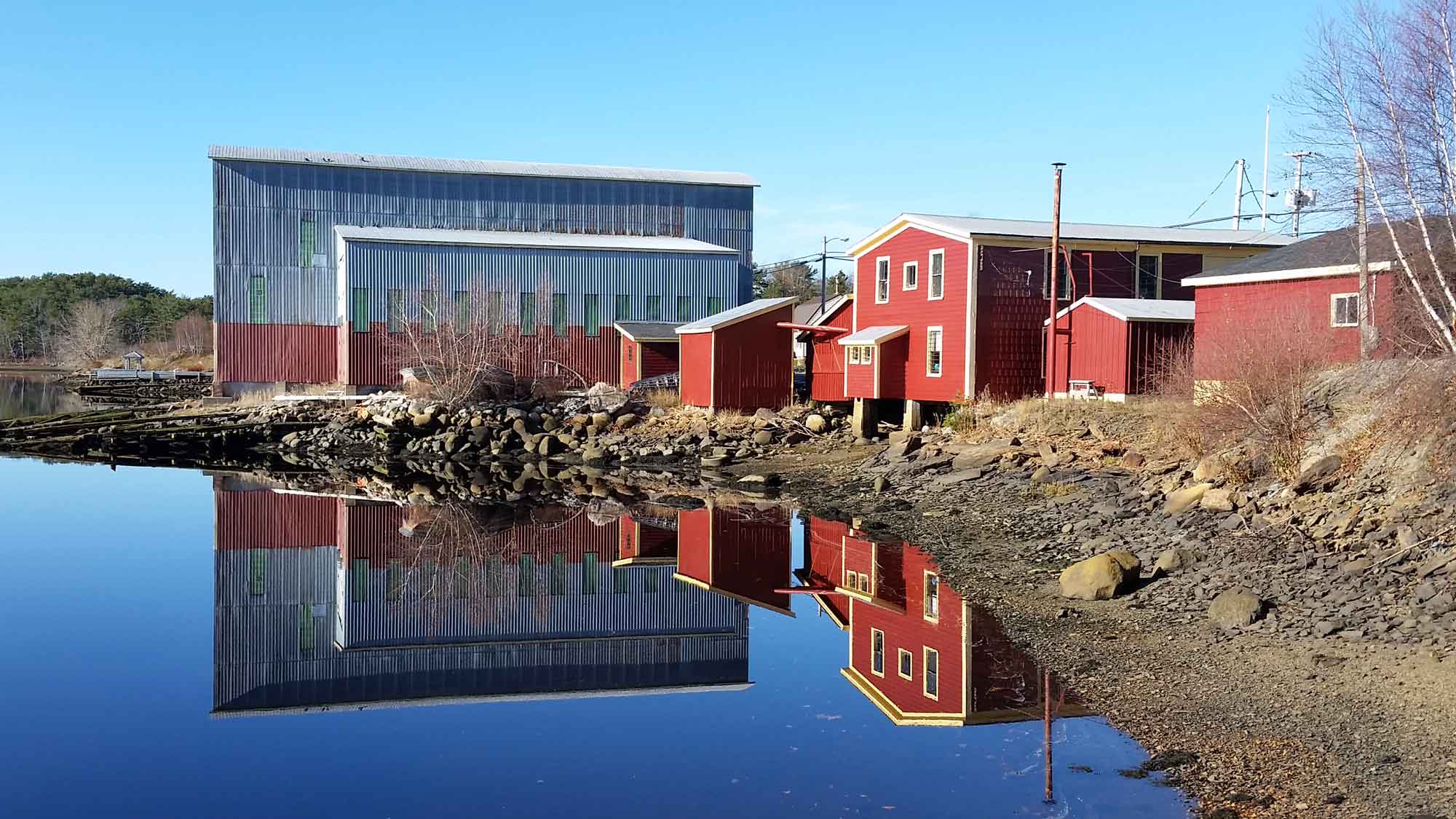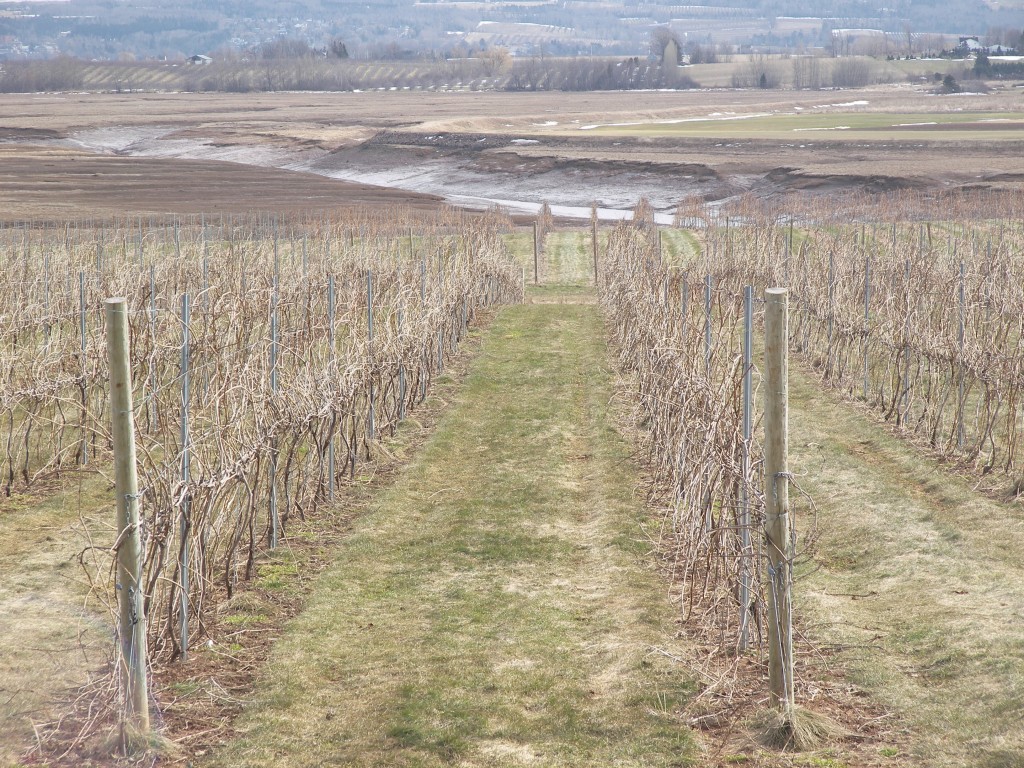This new book, Deep Freeze Winter 2015: A Photographic Memory of Storm, Survival and Triumph will make you feel like a hero for having survived the winter of 2015 in the Maritimes.
Having been in the thick of it, I had forgotten a lot of the details. Reading how the weather evolved from month to month, from a green Christmas to the repeated onslaughts of March that left us feeling post-traumatic well into summer, brings back a lot of memories.
It’s a real tribute to the Maritime spirit of good humour and making the best of the weather. Stephanie Domet gets a cameo for coining the word – and hashtag – #stormchips. Collections of photos featuring drifted-in doorways, prospecting for cars, and sunbathers in shorts with beer against a snowy background, highlight some themes of that record-breaking winter.
There are serious photos, too: of buckled barns, stuck ships and the plane that slid on its belly when landing in Halifax on March 29.

The pages are filled with full-colour photos taken by Maritimers from all over. I had seen some of them on Facebook or in the newspaper. One of the photos is mine, thanks to this very website. A researcher for the book contacted me and I sent him a high-resolution version. In return, a copy of the book arrived in the mail last month.
Now that summer is over, and the next winter is lurking just around the corner, it’s good to remind ourselves of what stuff we are made, while we brace for hurricane season and the unknown adventures to be had just by living here.
Deep Freeze Winter 2015: A Photographic Memory of Storm, Survival and Triumph by John MacIntyre, forward by Cindy Day, MacIntyre Purcell Publishing Inc., 2015.


















